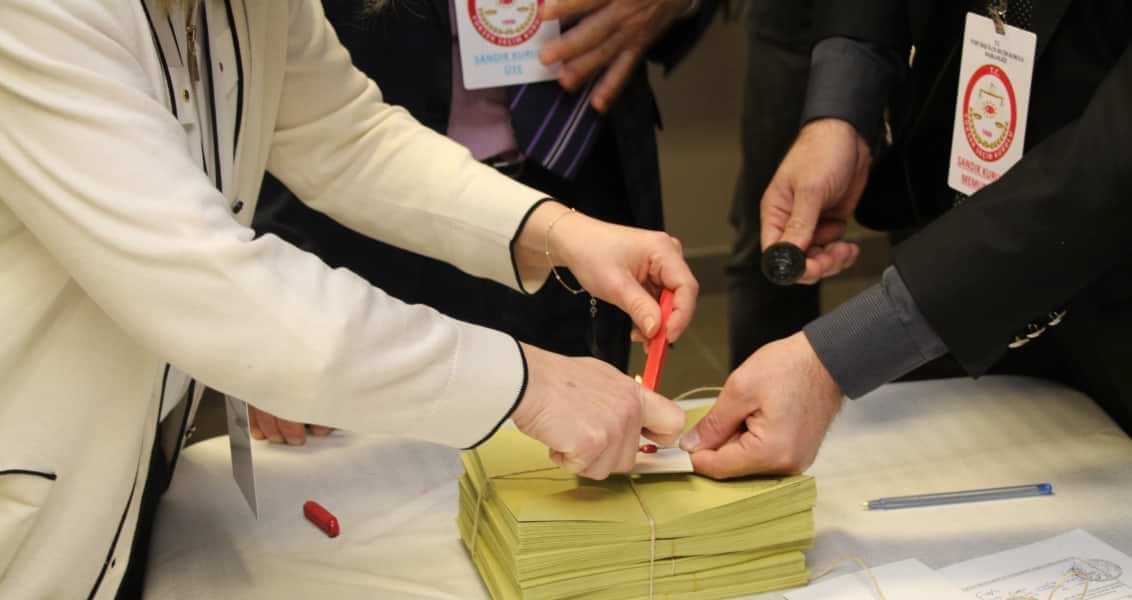
Turkey Heads to Referendum in April and Current Debates
A presidential system was one of the most frequently offered alternatives to fix the ills of the current state of affairs.
Share
Debates about changes to the governmental system are nothing new in Turkey. For decades, there have been debates about whether the presidential system could be an option for Turkey. This debate stems from several problems that Turkish democracy and the government system experienced during the last several decades, including instability due to coalition politics and the strengthening of the tutelage system in the country as a result of the failure of political institutions. This, of course, paved the way for the empowerment of the military in the country, thus increasing the possibility of military interventions in politics. Later, especially after 1980, the system that was established by the military junta generated different institutions to feed and reproduce the tutelage system.
Many former politicians, including former presidents during their tenure in office, offered a systemic change in the government to get rid of the problems that were created as a result of the problems in the system. A presidential system was one of the most frequently offered alternatives to fix the ills of the current state of affairs. Different models were put forward during this period as an alternative to the current system of government, such as the U.S. presidential system, by former presidents. However, there was a lack of enthusiasm and agreement on the part of the political parties during these earlier times about taking the initiative and launching the process of governmental system change.
In recent months, due to the Justice and Development Party (AK Party) and the Nationalist Movement Party (MHP), an initiative emerged to fix current issues and potential future problems in the governmental system. After negotiations among constitutional law experts and policy makers from both sides, a draft amendment was proposed by two parties in Parliament. From the draft, it is clear that the parties intended on the one hand to prevent problems that emerged in previous decades in the political system of the country, including the coalitional deadlocks that resulted in serious governmental, political and economic crises in the country.
However, while providing a draft, the experts and policy makers also made sure that they learned lessons from the different models that generated problems. So, instead of transferring a model and adopting the same model to Turkey, they analyzed problems that these models generated in their respective countries. Paying attention to these two issues brought forward a nuanced version of the executive presidency model. The draft amendment proposed by the two parties will be voted on in a referendum that will take place on April 16.
This weekend a major conference was organized by the Foundation for Political, Economic and Social Research (SETA) in Istanbul to discuss this change in the system of government. For several years now, the foundation has been working on the potential implications of the system of government in Turkey. The keynote speaker at the conference, President Recep Tayyip Erdoğan, responded to some of the critics that deemed the proposed draft as a barrier to the separation of powers and emphasized the issue of effective and accountable governance by the executive during his speech.
Following the keynote, in various panels, many policy makers and experts discussed the different dimensions of these changes, including transition periods and the effects of this change to the local public administration systems and foreign policy of the country. These debates, if ratified by the Turkish people in the referendum, will pave the way for more in-depth discussions in the coming months with regards to the implementation of the amendments in the public administration.
[Daily Sabah, February 13, 2017]
Tags »
Related Articles






